Home to both the ruins of the Roman Empire and the center of the Catholic Church, Italy is a great destination for travelers of all ages.
And understanding the local currency, including the exchange rate and the denominations of banknotes, is key to getting the most out of your visit to Italy.
This Italian money guide will help you understand the currency in Italy, where to get local currency, how to pay, and my best tips to save you money when traveling.
Here’s everything you need to know about money in Italy.
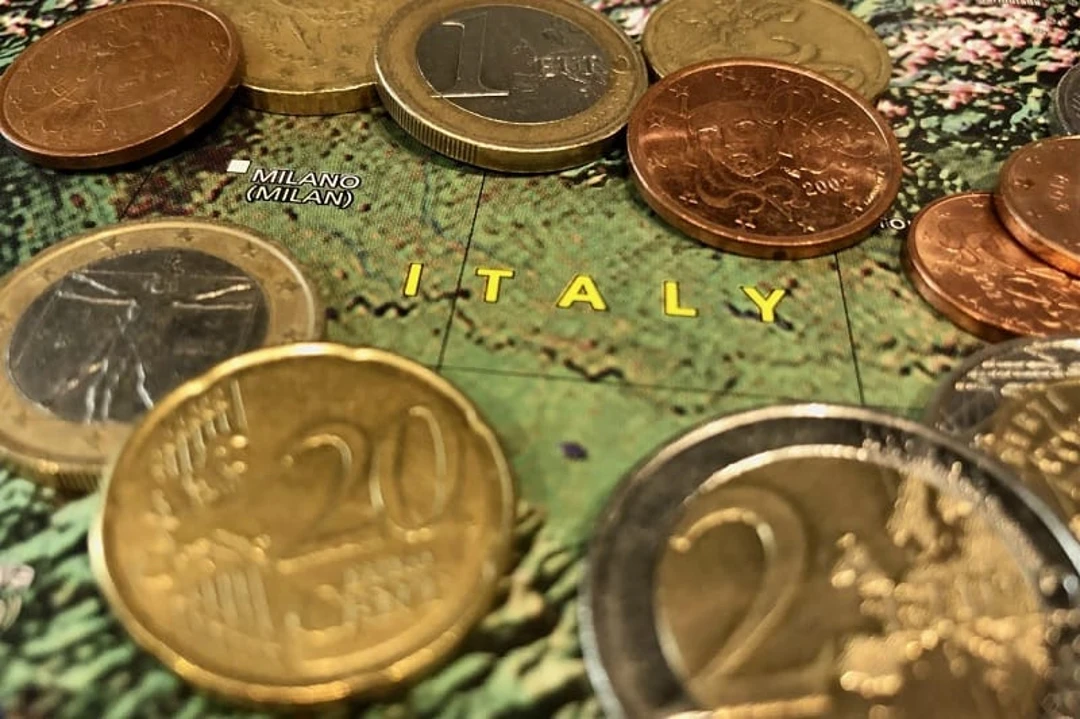
What Currency is Used in Italy?
Italy’s official currency is the Euro (€).
Italy began using the Euro (€) in 2002, nearly 20 years ago, replacing the Italian lira (₤).
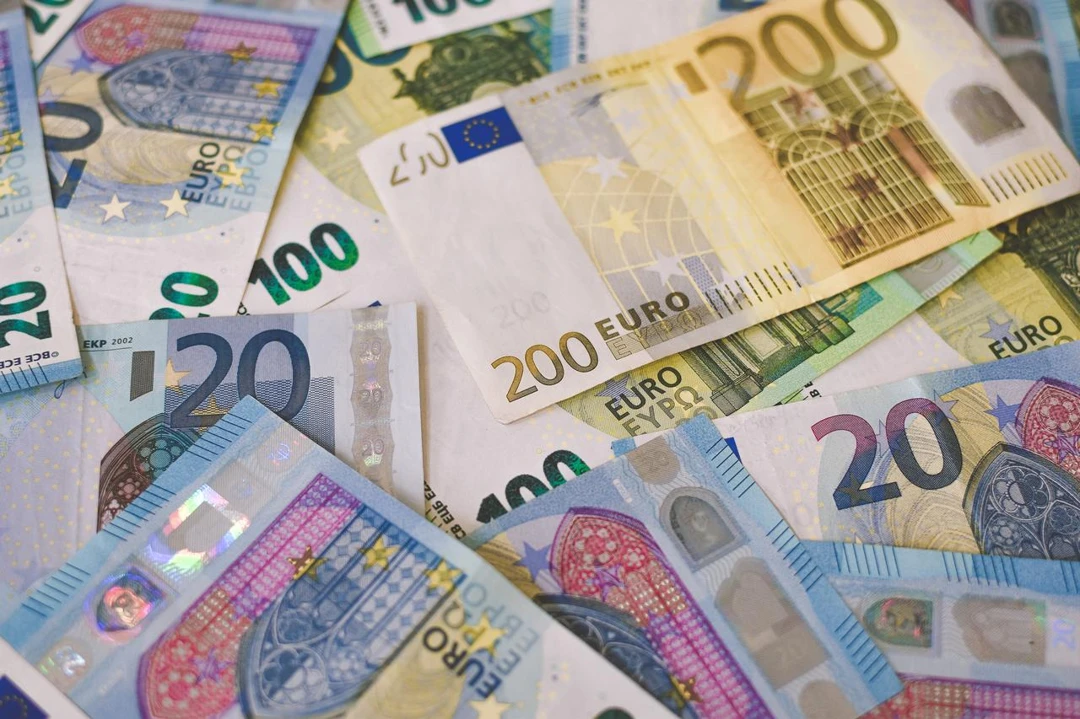
The lira was Italy’s official currency for over 140 years, introduced in 1861 following the unification of Italy. It was initially based on the French franc, and over the years, it went through many changes in both its design and value.
The lira was known for its colorful banknotes and distinctive coins, which featured images of famous historical figures and landmarks.
At various points in history, it became famous for its high inflation rates, with prices often skyrocketing in short periods. Many Italians still remember the lira with a sense of nostalgia, as it was the currency they grew up with.
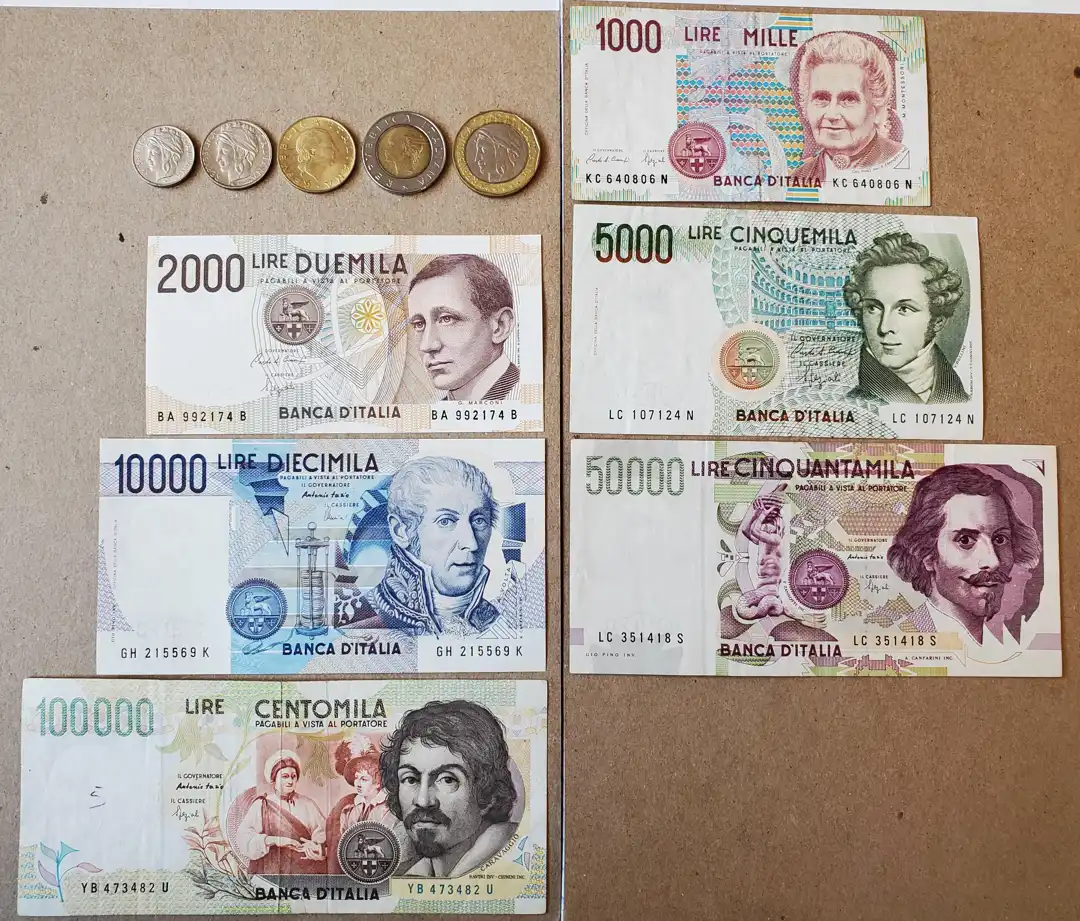
The transition to the Euro in 2002 made traveling across Italy and other European countries easier.
Exchange Rate and Denominations
Knowing how exchange rates work is essential when you’re traveling so you can keep a close eye on your funds as you enjoy your Italy adventure.
You should always confirm current rates before making your trip to Italy. This will help you avoid getting overcharged when you’re paying in cash.
The following currency conversion official websites are useful for reference: https://www.xe.com/currencyconverter/convert/?Amount=1&From=EUR&To=USD
Currency Denominations
The Euro has a range of coins and bills.
Denominations | Coins/Notes |
|---|---|
Coins | 1c, 2c, 5c, 10c, 20c,50c, €1, €2 |
Notes | 5€, 10€, 20€, 50€, 100€, 200€, 500€ |
Typically, The smaller coins are especially useful for small purchases or to tip your driver, large bills are used for paying for larger purchases.
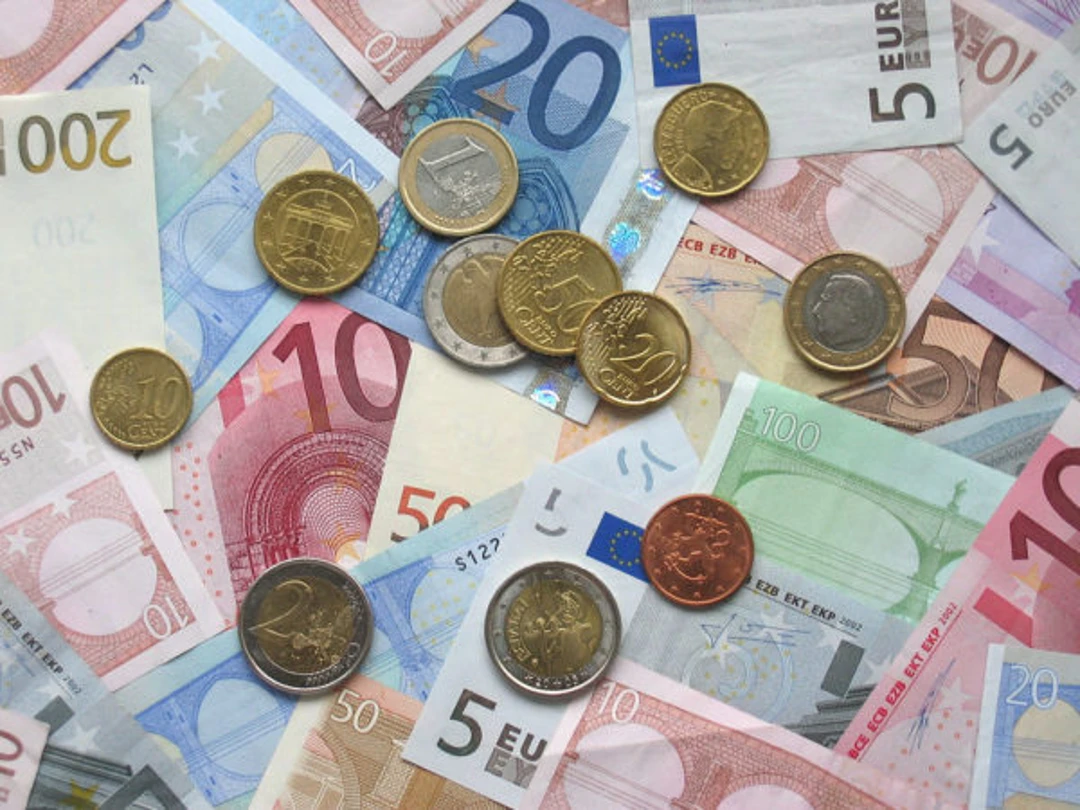
Understanding the value of the money and its coins is going to make your life easier when paying for things.
Where to Exchange Currency in Italy
While in Italy, you have a variety of methods for exchanging foreign currency into euros:
1. Local ATMs and Banks
When it comes to getting Euros in Italy, you can’t beat the ATM.
The exchange rates are bank to bank, and they are usually cheaper than airport kiosks. There’s no shortage of Italian bank branches and ATMs, especially in the larger cities where they’re ubiquitous.
Just make sure your bank knows you’ll be in Italy so they don’t cut off your card when you start making international transactions.
Be wary, though, as your home bank may charge you a foreign fee.
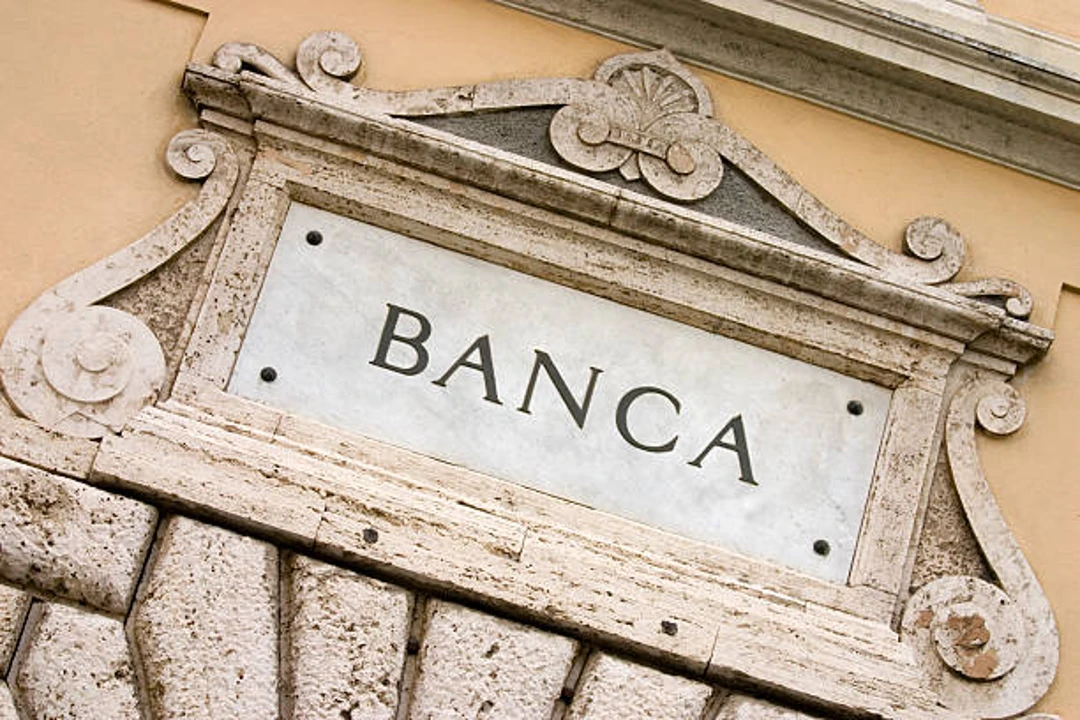
2. At the Airport
The airports in Italy have currency exchange as well as lots of ATMs.
It’s not hard to get money changed here, but sometimes the fees can be high. It’s super easy and fast for exchanging the currency when you arrive somewhere you can’t use a card.
Just know that you’ll be charged a little more for the convenience.
3. Currency Exchange Services
In Italy, there’s no shortage of currency exchange bureaus, especially in tourist hubs.
They can be convenient, but they also tend to have high fees. If you do use them, make sure to compare a few to see who offers the best rate.
No-commission places are more favorable, but do your research as that might not always be true.
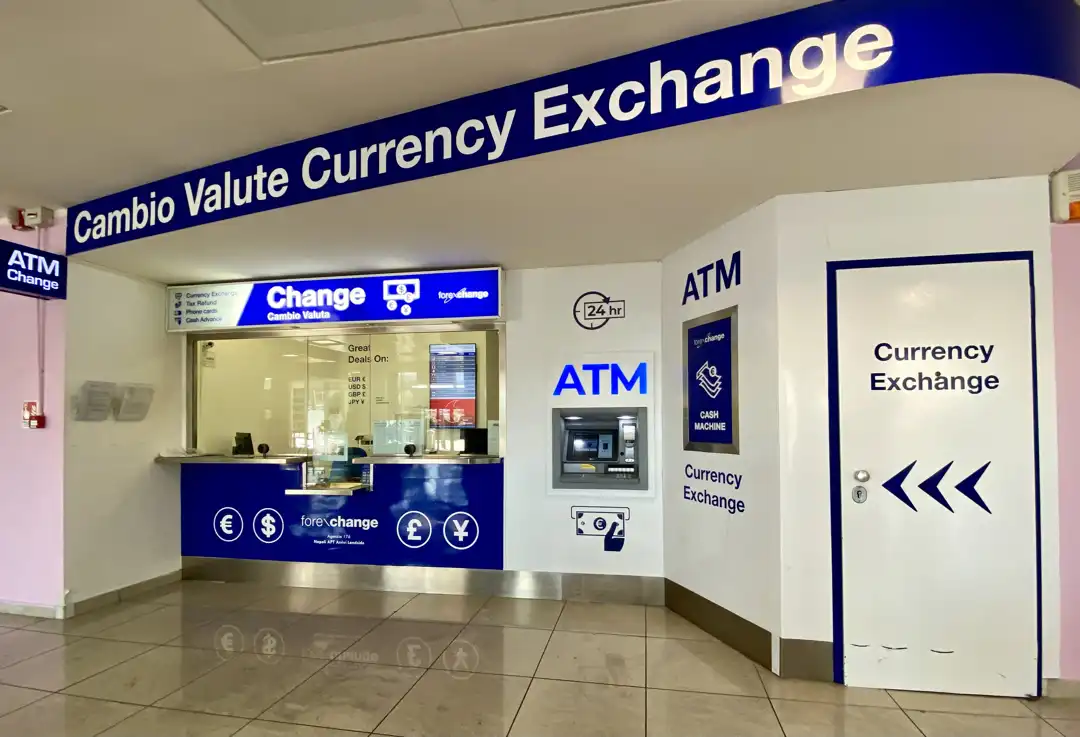
4. Post Offices (Poste Italiane)
Poste Italiane branches are scattered across Italy, even in smaller towns. They offer currency exchange services at competitive rates, especially in more remote areas where ATMs or exchange offices may not be available.
Be prepared to wait, as lines can be longer compared to banks or ATMs.
Payment Methods in Italy
1. Credit and Debit Cards
Credit and debit cards are commonly used in Italy, particularly in the bigger cities and in tourist areas.
Both Visa and Mastercard are widely used and accepted. You can use your card at restaurants, hotels, and stores with no problem.
You might run into smaller towns and family businesses that are cash only though.
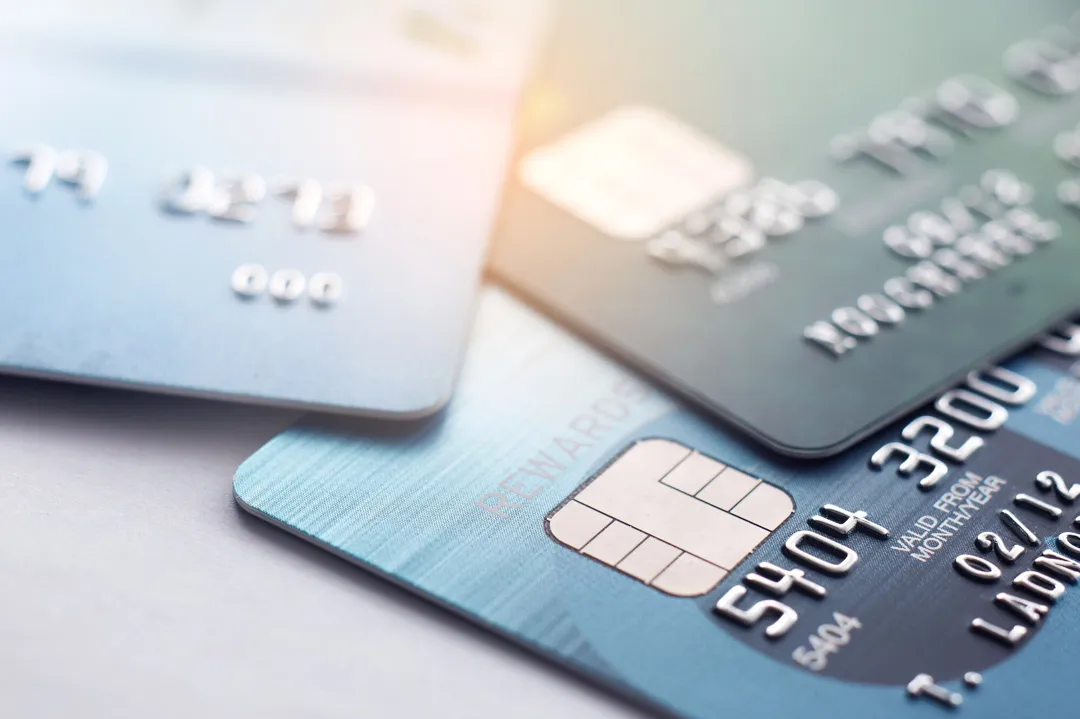
Advantages:
Convenient for big expenses.
Offers competitive rates.
Allows you to avoid carrying around too much cash.
Disadvantages:
Not all small places will take them.
Fees for using them in foreign countries.
Sometimes credit card readers are funky.
2. Mobile Payments
Apps such as Apple Pay and Google Pay are starting to be used more in Italy. You’ll find them most often in newer shops or chains, but you can’t quite rely on them everywhere.
Paying with your phone is quick and convenient and helps you avoid fumbling for cash and cards. The only downside is that not all traditional or independent shops accept it.
Advantages:
Fast and touchless.
Ideal for digital nomads.
Don’t have to worry about physically carrying cards.
Disadvantages:
Some places still don’t accept it.
Requires the app and charging your battery.
Isn’t available in all locations, especially outside major cities.
3. Cash
Though cards will suffice, it’s always good to have a little cash on you too.
For most small purchases, especially in places like markets, cafes, and when using public transportation, you’ll need cash. And it’s a must in the more remote regions where they might not take a card.
Some Euro coins and small denominations are ideal.
Advantages:
Accepted everywhere, even in the tiniest stores.
Necessary for small transactions and gratuity.
There are no transaction fees when you pay with cash.
Disadvantages:
Risk if you lose or get your money stolen carrying a lot of cash
Having to seek out ATMs might be a pain.
You need to know how much to carry for different expenses.
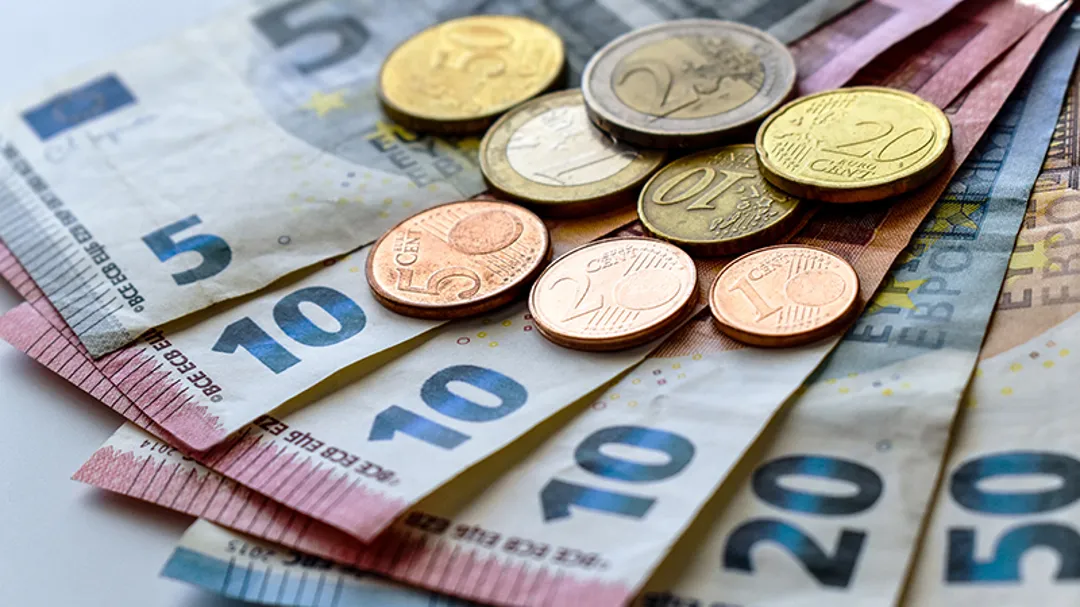
4. Prepaid Travel Cards
Prepaid travel cards are designed for international travelers and can be loaded with multiple currencies, including Euros.
Advantages:
Can be loaded with money in your home currency and converted to Euros at competitive exchange rates.
Offers the same benefits as debit cards.
Often cheaper than withdrawing from ATMs or exchanging cash at a foreign exchange service.
Disadvantages:
Can come with hidden fees, such as reload or maintenance fees.
Not all merchants or ATMs may accept them, especially in rural locations.
Italy Travel Tips Related to Currency
Avoiding Tourist Traps.
Never use money exchange services in heavily tourist areas. They have terrible rates and often sky-high fees. Use ATMs or bancasas(the Spanish word) instead. And, if you have to use a money exchange provider, never do it without comparing rates.
Using ATMs Wisely.
Opt for ATMs inside a bank or in well-lit, populated locations. Try to take out larger sums less often to avoid multiple fees (and always try to carry around as much cash as possible). And determine if your bank has any international withdrawal fees to avoid any unexpected fees.
Tipping Culture.
Tipping is not compulsory in Italy, though it’s a kind gesture. A few extra Euros in a restaurant or rounding the bill up are always appreciated. Understanding this will allow you to navigate situations with more ease and show your gratitude for outstanding service.
Small Change.
Take small bills and change for tipping and paying for smaller items. Many businesses won’t be able to break big bills and having change is always beneficial. Don’t forget to take coins for metro tickets or machines.
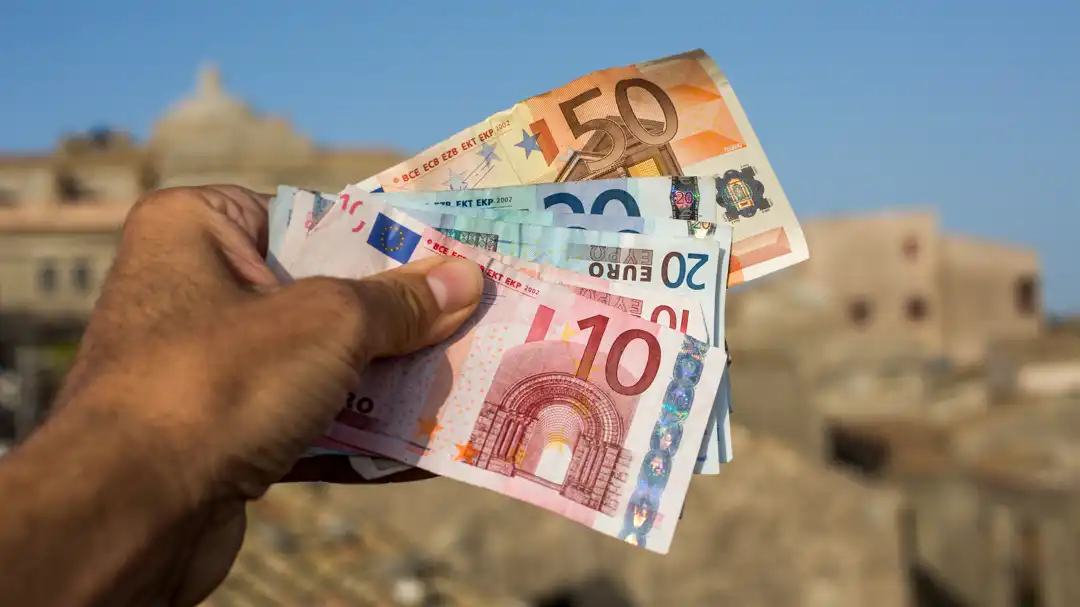
FAQ
1. Are credit cards widely accepted in Italy?
Yes, credit cards like Visa and Mastercard are accepted in most places. However, rural and small shops might be cash-only.
2. Any tip to avoid hefty transaction fees?
Choose a credit card without foreign transaction fees and always opt for charges in the local currency when paying by card.
3. What should I do if I encounter issues with my card in Italy?
Have a backup card ready. Keep your bank’s international contact number handy, and have cash as a contingency.
4. Is it safe to use ATMs in Italy?
Yes, but prefer those in banks or well-lit areas to keep your data secure. Avoid using ATMs late at night or in isolated spots.
5. Do Italian currency exchange offices charge high fees?
Often they do. Check rates beforehand and look for places with “no commission” deals, but read the fine print.
Conclusion
Being and feeling prepared to handle the local currency is a big step in making your trip to Italy a lot more fun.
The Euro is essential for getting around Italy, and while cash is sometimes king, credit cards are accepted widely.
It’s best to plan and organize this before you go by loading up on Euros in your travel wallet, as you will need them both in the city center and in the small towns and countryside.
Still, once you’re all set, you can fully enjoy your Italy trip without having to think about your money at all.
